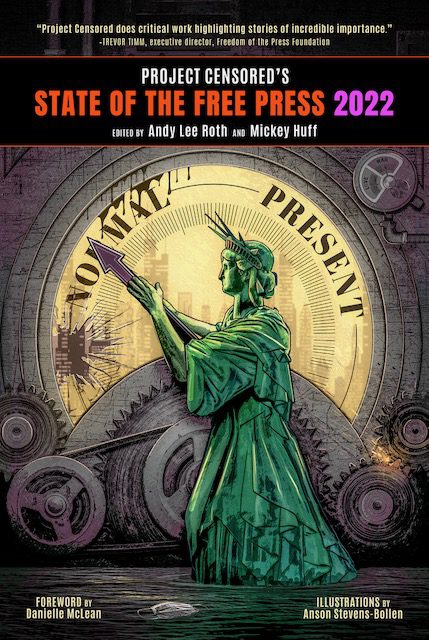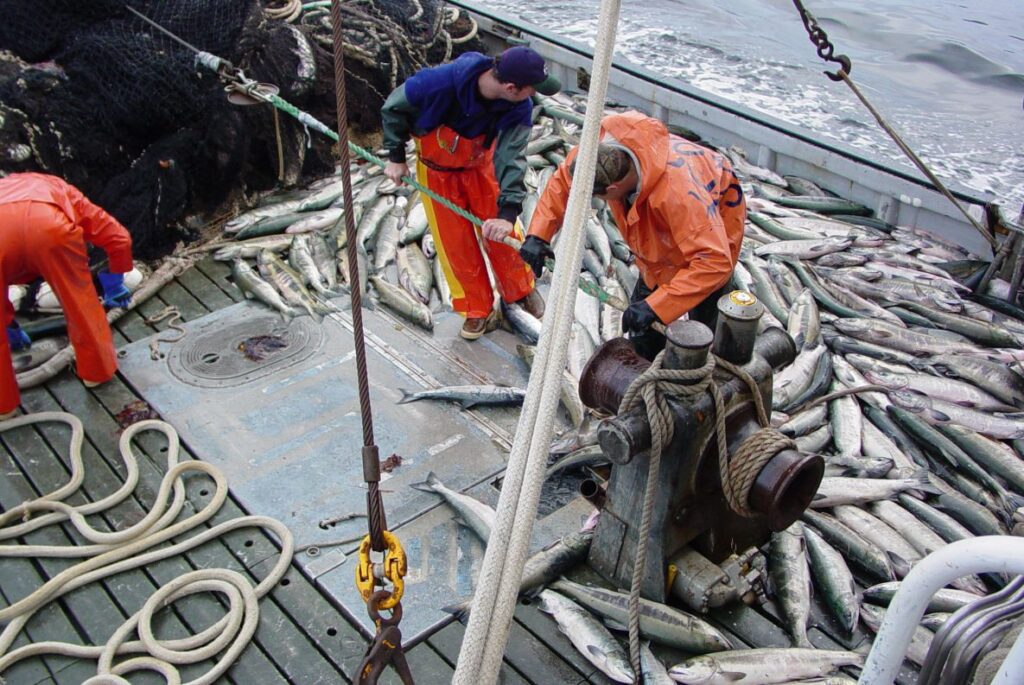


Our addiction to plastic is having negative effects all along the food chain.
By Andy Lee Roth and Mickey Huff, Independent Media Institute
7 min read
This excerpt is from Project Censored’s State of the Free Press 2022, edited by Andy Lee Roth and Mickey Huff (Seven Stories Press, 2022). This web adaptation was produced by Earth | Food | Life, a project of the Independent Media Institute.
Editor’s note: Every year Project Censored publishes the “State of the Free Press,” which highlights important news stories that the corporate media insufficiently covered and takes the temperature of press freedom and integrity. The project’s student researchers work with faculty advisers at college campuses across the U.S. and Project Censored’s international panel of expert judges to identify the stories that are featured in each year’s publication. State of the Free Press 2022 cites the alarming rise of polyfluoroalkyl substances (or PFAS) in the oceans as one of the most significant but underreported environmental stories of 2020-2021. Although independent media outlets covered this critical piece of news, the corporate press was largely silent about it. The student researchers for this piece are Eduardo Amador, Kolby Cordova, and Natalia Fuentes from Sonoma State University. The faculty evaluator is Peter Phillips from Sonoma State University, and the community evaluator is Polette Gonzalez.
According to a pair of recent scientific studies, microplastics and a class of toxic chemicals known as per- and polyfluoroalkyl substances (or PFAS) are becoming increasingly prevalent in the world’s oceans and have begun to contaminate the global seafood supply.
According to a July 2020 study published in the scholarly journal Environmental Science and Technology, PFAS—a family of potentially harmful chemicals used in a range of products, including carpets, furniture, clothing, food packaging, and nonstick coatings—have now been found in the Arctic Ocean. This discovery worries scientists because it means that PFAS can reach any body of water in the world and that such chemicals are likely present in water supplies across the globe.
Meanwhile, researchers at the QUEX Institute, a partnership between the University of Exeter in the United Kingdom and the University of Queensland in Australia, have found microplastics in crabs, oysters, prawns, squid, and sardines sold as seafood in Australian markets, findings that were also first published in Environmental Science and Technology. As Robby Berman reported for Medical News Today in August 2020, the second study’s findings suggest that microplastics—small pieces of plastic “less than 5 millimeters in length, which is about the size of a sesame seed”—that are a consequence of plastic pollution have “invaded the food chain to a greater extent than previously documented.”
The presence of PFAS in the Arctic Ocean is concerning for many reasons. As Daniel Ross reported in an October 2020 article for Truthout, PFAS chemical exposure is known to have serious impacts on human health and is known to cause “certain cancers, liver damage, thyroid problems, and increased risk of asthma.” People with elevated levels of a certain kind of PFAS chemical are “twice as likely to have a severe form of COVID-19,” since these chemicals are endocrine disruptors.
Because the Arctic Ocean is so remote from human population centers, exactly how these chemicals may have reached these waters is also a deeply concerning question. As Ross pointed out in the Truthout article, “Emerging research suggests that one important pathway is through the air and in rainwater,” rather than through ocean circulation. Discovering the pathways through which these “forever chemicals” are contaminating isolated areas is important for regulators as they attempt to remove these chemicals from the environment. Atmospheric spread may make the removal of these chemicals considerably more difficult.
Like PFAS compounds being found in Arctic waters, the discovery of microplastics in popular forms of seafood is truly alarming.
Microplastics are less than 5 millimeters long, and nanoplastics are less than 100 nanometers long. According to the QUEX study, the small size of microplastics and nanoplastics allows them to spread through “airborne particles, machinery, equipment, and textiles, handling, and… from fish transport.” The research team at Exeter and Queensland found microplastics present in all of the seafood samples they studied, with polyvinyl chloride being found in every case. The study’s lead author, Francisca Ribeiro, told Medical News Today that “a seafood eater could be exposed to approximately 0.7 milligrams (mg) of plastic when ingesting an average serving of oysters or squid, and up to 30 mg of plastic when eating sardines.” For comparison, Medical News Today also pointed out that a grain of rice weighs approximately 30 mg.
As Medical News Today further reported in its coverage of the QUEX Institute study, “Roughly 17 percent of the protein humans consume worldwide is seafood. The findings, therefore, suggest people who regularly eat seafood are also regularly eating plastic.” According to Tamara Galloway, a researcher from Exeter University who is one of the study’s coauthors who was quoted in the article, “We do not fully understand the risks to human health of ingesting plastic, but this new method [used in the study for detecting selected plastics] will make it easier for us to find out.”
In October 2020 the Guardian reported that at least 14 million metric tons of microplastics are likely sitting on the ocean floor. The report by Graham Readfearn, based on a study that was published in the journal Frontiers in Marine Science, also said that there “could be more than 30 times as much plastic at the bottom of the world’s ocean[s] than there is floating at the surface.”
As the Guardian report noted, “Stemming the tide of plastic entering the world’s waterways and ocean[s] has emerged as a major international challenge.” In September 2020, “[l]eaders from more than 70 countries signed a voluntary pledge… to reverse biodiversity loss which included a goal to stop plastic entering the ocean by 2050,” according to the Guardian. The United States, Brazil, China, Russia, India, and Australia, however, did not sign that pledge.
Media coverage of both the study on microplastics in seafood and the research on PFAS in the Arctic Ocean has predominantly come from independent news sources as well as journals and websites aimed at members of the scientific community. Of the articles covering the presence of PFAS in Arctic waters, many simply summarize the findings of the research. However, Truthout and Chemical and Engineering News each took their coverage on the presence of PFAS in Arctic waters further by including professional opinions on the significance of the study by the researchers from Exeter and Queensland and tried addressing remedies to the problem.
Lack of corporate news attention to this issue could stem from the idea that the research findings are nothing new or simply confirm what many have previously assumed: that PFAS are ubiquitous and unavoidable, however harmful they may be to human health. However, the significance of these PFAS pollutants potentially being airborne deserves greater recognition because this poses greater challenges for abatement efforts. The Exeter and Queensland researchers’ findings about the presence of microplastics and nanoplastics in seafood likewise require publicizing despite the findings confirming certain earlier assumptions because the evidence they present could prove crucial in mobilizing political will to address an issue that is barely visible in the international media and that few people recognize as a serious problem. Outside of coverage by the Guardian, no major news outlet has paid attention to the topic of microplastics in seafood.
Andy Lee Roth is the associate director of Project Censored. His articles have appeared in YES! Magazine, Index on Censorship, Truthout, and In These Times. He holds a PhD in sociology from the University of California, Los Angeles and a BA in sociology and anthropology from Haverford College.
Mickey Huff is director of Project Censored and president of the Media Freedom Foundation. He is coauthor with Nolan Higdon of United States of Distraction: Media Manipulation in Post-Truth America (City Lights Books, 2019) and Let’s Agree to Disagree: A Critical Thinking Guide to Communication, Conflict Management, and Critical Media Literacy (Routledge, 2022). He is a professor of social science, history, and journalism at Diablo Valley College in the San Francisco Bay Area, where he is chair of the journalism department. In 2019, Huff received the Beverly Kees Educator Award as part of the James Madison Freedom of Information Award from the Society of Professional Journalists, Northern California. He is also executive producer and host of “The Project Censored Show,” the weekly syndicated public affairs program that airs on over 50 stations around the U.S. and originates from KPFA Pacifica Radio in Berkeley, California.
Take action…
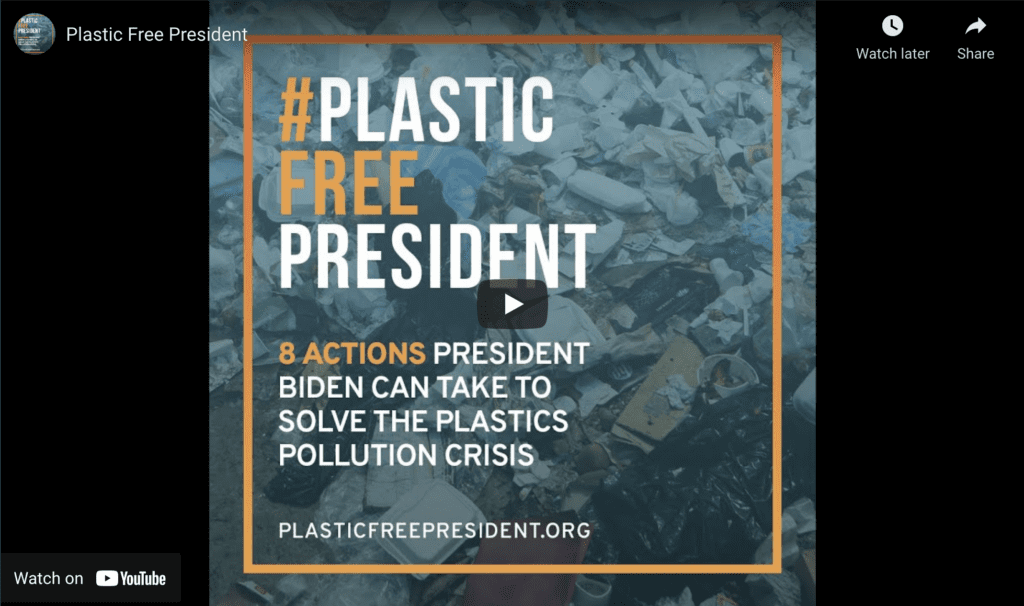
PlasticFreePresident.org: “The world faces an indisputable plastic pollution crisis. More than 99 percent of plastic is created from chemicals sourced from fossil fuels, including an oversupply of fracked gas, which is spurring a global boom in new plastic production. That plastic is causing serious environmental problems at every step of its lifecycle. President Biden can tackle this crisis with the stroke of a pen.”
Urge President Biden to take action to solve the plastic crisis, including ending subsidies for plastics producers.
Cause for concern…
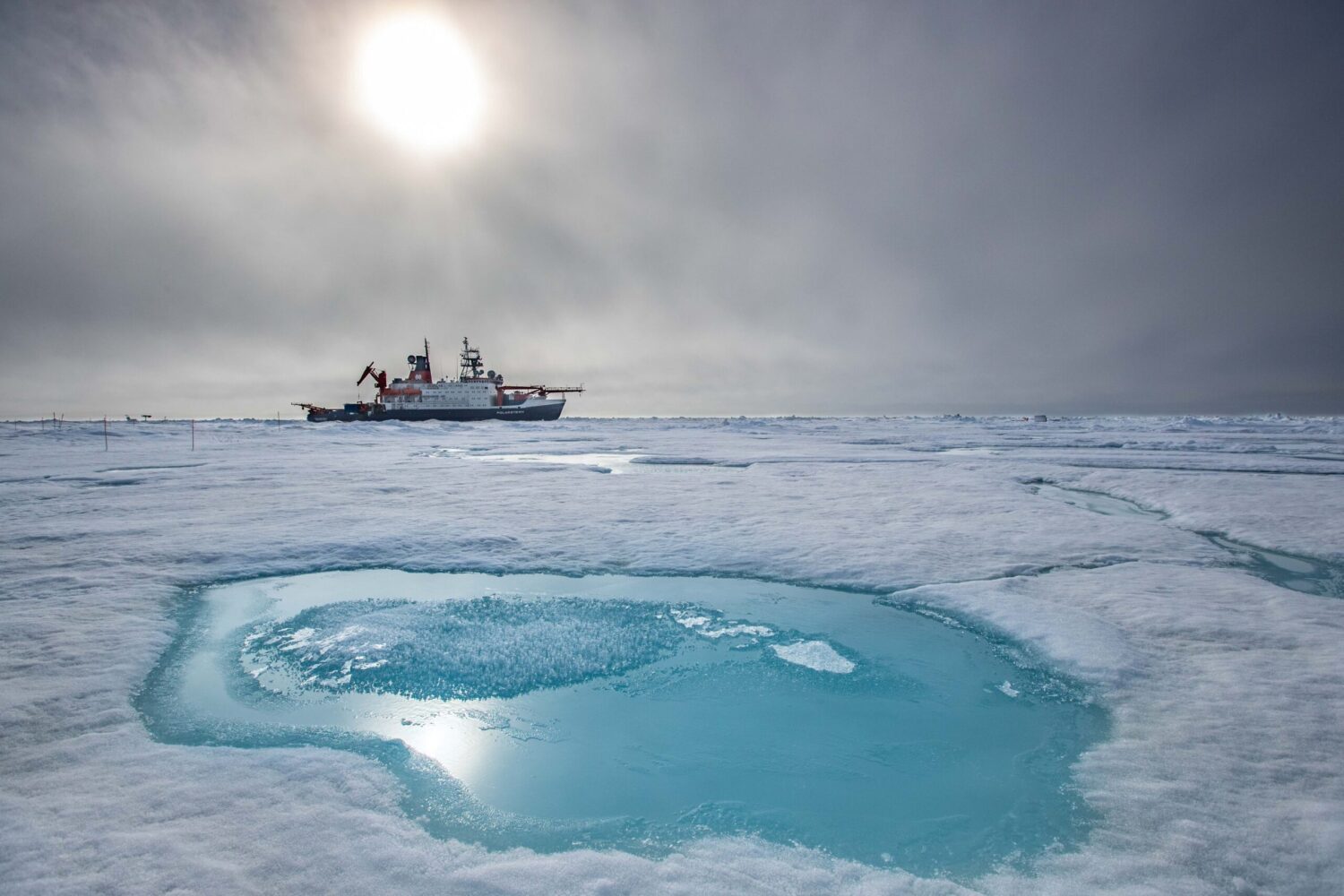
Climate crisis: IPCC report warns of ‘irreversible’ impacts of warming
“Many of the impacts of global warming are now simply ‘irreversible’ according to the UN’s latest assessment,” reports Matt McGrath for BBC News. “The Intergovernmental Panel on Climate Change says that humans and nature are being pushed beyond their abilities to adapt. Over 40 percent of the world’s population are “highly vulnerable” to climate, the sombre study finds.”
Recent EFL climate coverage:
- Elliott Negin on Pressenza: Boulder Sued Big Oil for Climate Damages, Then the Marshall Fire Happened
- Reynard Loki on New Europe: Exposing the Massive Hypocrisy of International Insurance Companies
- Robin Scher on Truthout: As Cryptocurrency Becomes Mainstream, Its Carbon Footprint Can’t Be Ignored
Round of applause…

UN to agree on plan for historic plastics treaty
“United Nations negotiators have agreed a roadmap for a global plastic treaty that would address plastic production and design, according to a draft resolution … in what delegates said was a key step to agreeing an ambitious deal,” report John Geddie and Joe Brock for Reuters.
“UN member states are meeting this week in Nairobi to agree plans for the first global agreement to tackle plastic pollution, a soaring environmental crisis that is destroying marine habitats and contaminating the food chain.”
ICYMI…
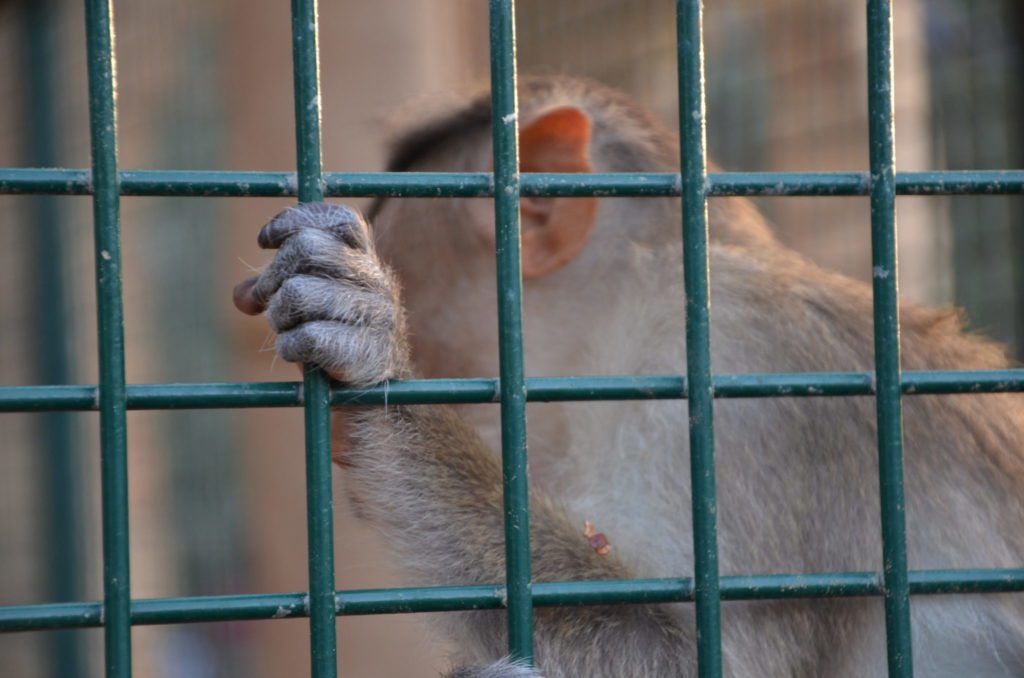
EU phases out animal research, but U.S. wants more
“In the last two years, the U.S. National Institutes of Health (NIH) has invested nearly $29 million to breed more monkeys for biomedical research, with an additional $7.5 million to be spent by October. The investments, which include infrastructure improvements at the U.S. National Primate Research Centers (NPRCs), have been made in the wake of the COVID-19 pandemic, as researchers have been testing numerous vaccines on nonhuman primates, most commonly rhesus macaques (Macaca mulatta)—a species of Old World monkey commonly used to study infectious diseases—before human trials began.
“Using the pandemic as the pretext, the Biden administration has proposed using even more taxpayer money to conduct primate research, suggesting a 27 percent funding increase for the NPRCs in its fiscal year 2022 budget request. If Congress gives the administration its stamp of approval, an additional $30 million would be given to the centers.”
—EFL editor Reynard Loki, “The U.S. Is ‘Out of Step’ on Primate Research With the Rest of the World” (CounterPunch, October 1, 2021)
Parting thought…
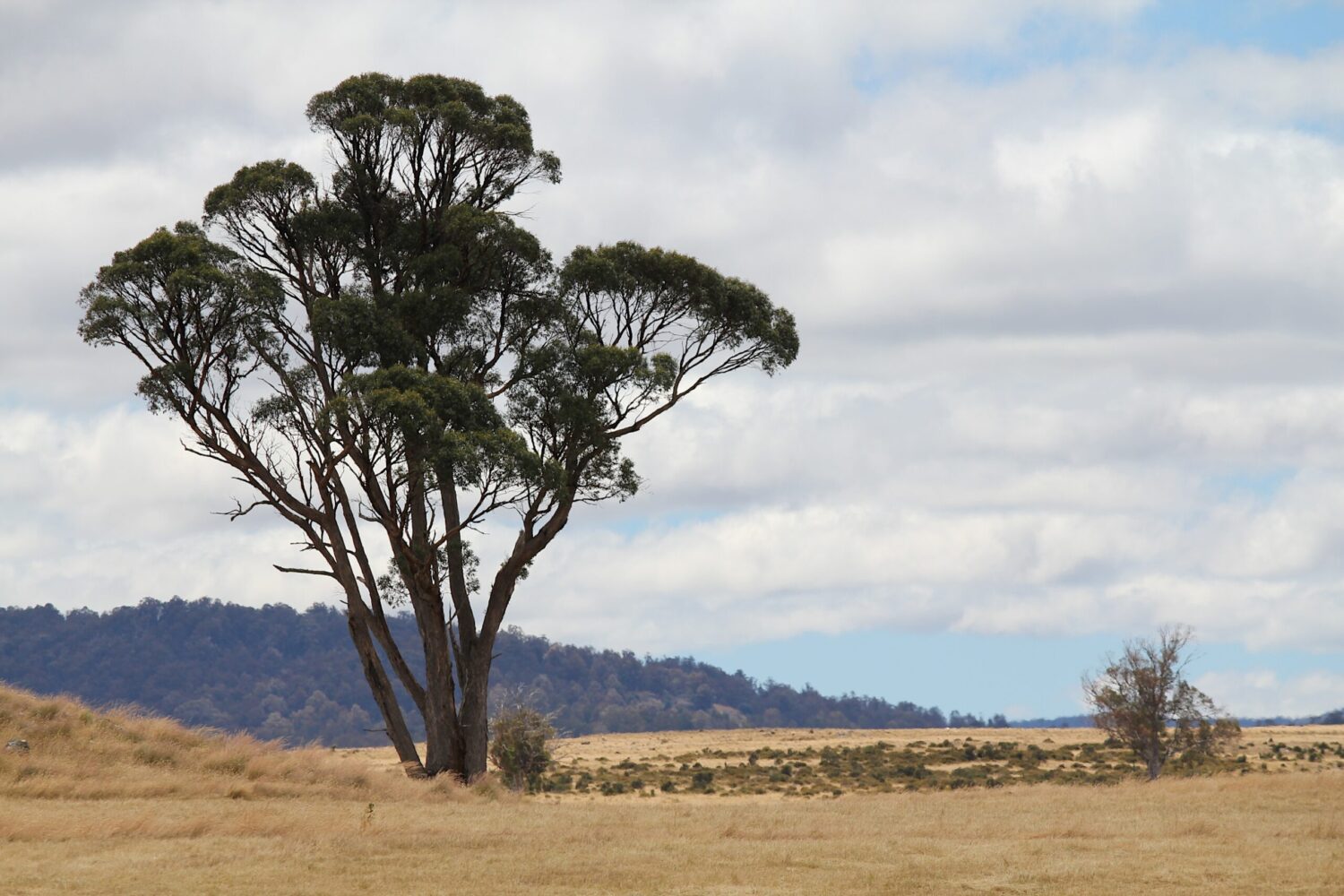
“Trees are an invitation to think about time and to travel in it the way they do, by standing still and reaching out and down.” —Rebecca Solnit, Orwell’s Roses
Earth | Food | Life (EFL) explores the critical and often interconnected issues facing the climate/environment, food/agriculture and nature/animal rights, and champions action; specifically, how responsible citizens, voters and consumers can help put society on an ethical path of sustainability that respects the rights of all species who call this planet home. EFL emphasizes the idea that everything is connected, so every decision matters.
Click here to support the work of EFL and the Independent Media Institute.
Questions, comments, suggestions, submissions? Contact EFL editor Reynard Loki at [email protected]. Follow EFL on Twitter @EarthFoodLife.
